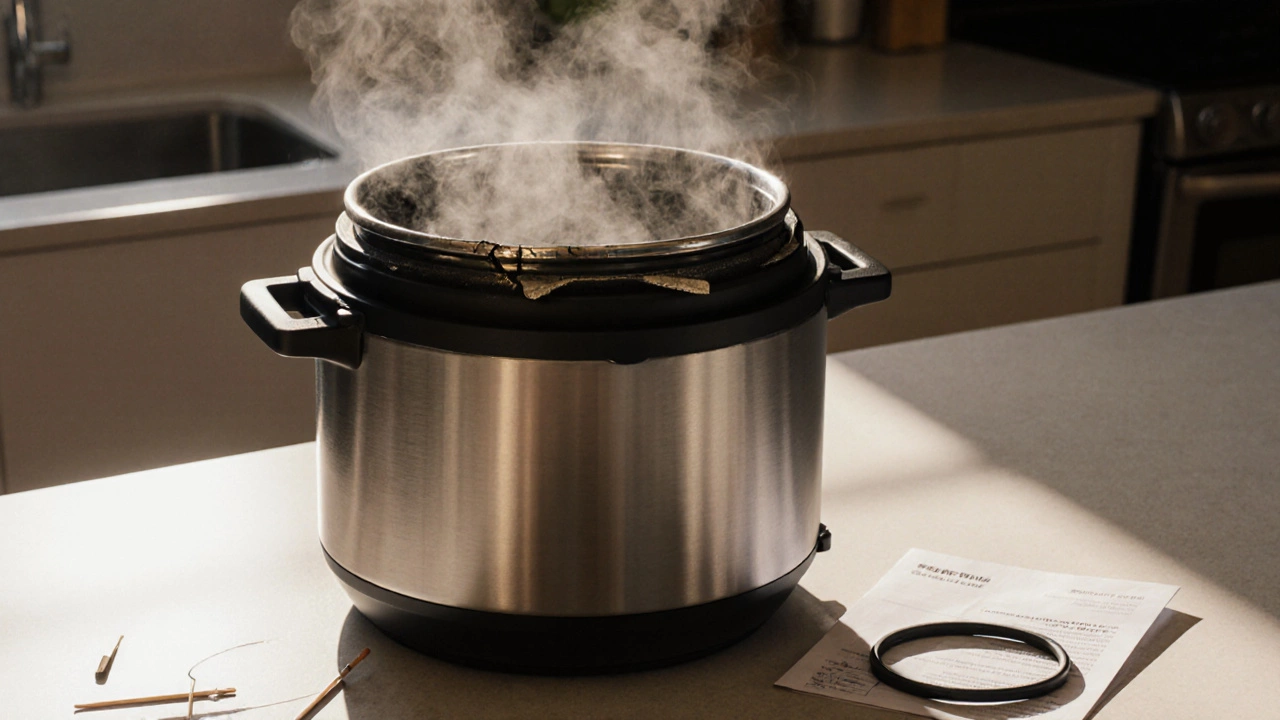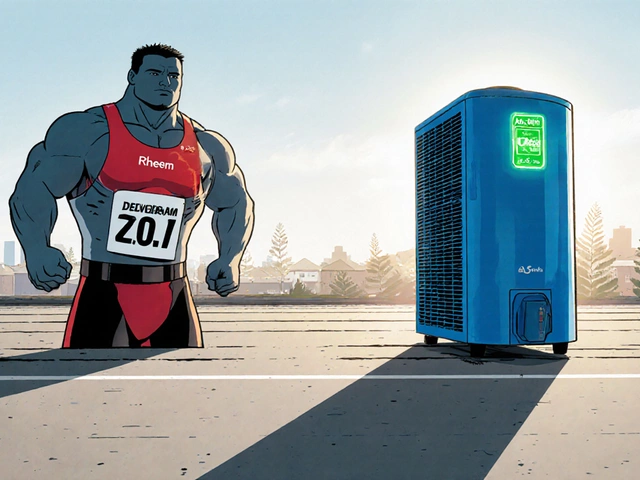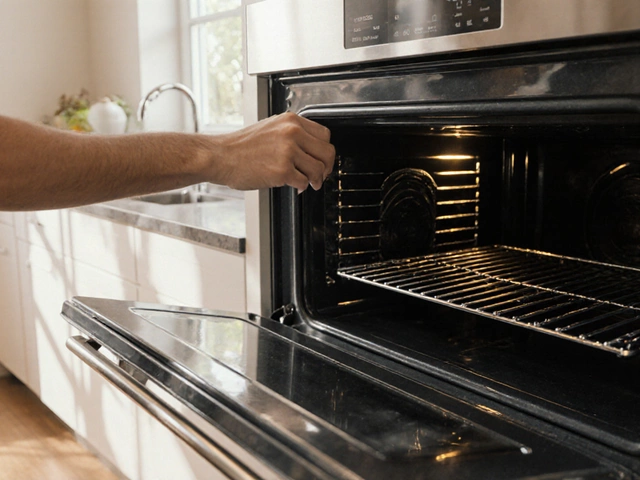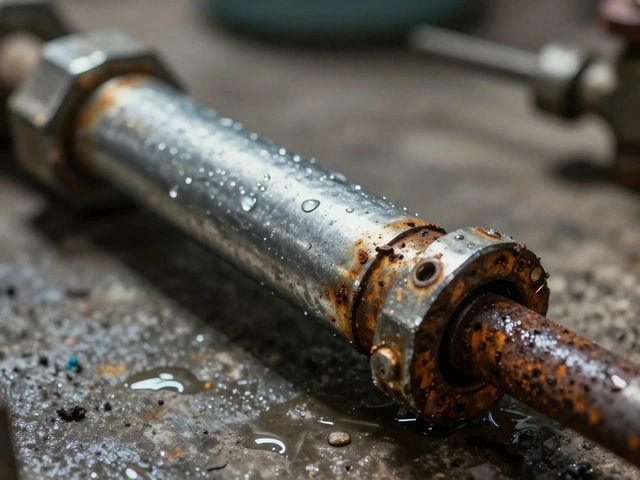Rheem vs AO Smith: Which Water Heater Wins in 2025?
October 9 2025Pressure Cooker Safety: Simple Tips to Keep Your Kitchen Safe
Ever had a pressure cooker hiss and wonder if you’re doing something wrong? You’re not alone. A pressure cooker is great for fast meals, but if you skip a few basic checks you could end up with a mess or even an injury. Below are the must‑do steps that take just a minute before you start cooking.
Key Safety Checks Before Every Use
First, always inspect the lid and sealing ring. The ring should be clean, flexible, and free of cracks. If it looks dry or brittle, replace it – a bad seal is the top reason for dangerous pressure leaks.
Next, check the pressure valve. Make sure it moves freely and isn’t clogged with food bits. A blocked valve can cause pressure to build up too high. Give it a quick rinse under warm water and wipe it dry.
Before you lock the lid, align the arrows on the lid and the pot. This small step ensures the lid locks correctly and the safety interlock works. If the lid won’t turn, don’t force it – something is probably misaligned or the gasket is out of place.
Once the cooker is on the stove, start with low to medium heat. You’ll hear a steady hiss as pressure builds. If the sound is a loud whistling or you see steam escaping from the sides, turn the heat down immediately and check the seal.
When the cooking time is up, release the pressure safely. Use the quick‑release valve for foods that can’t stay hot, or let the cooker cool naturally for soups and stews. Never try to open the lid while the indicator shows pressure is still inside.
Maintenance and What to Do If Something Goes Wrong
Cleaning after each use is key. Remove the gasket, wash it with mild soap, and let it air dry. Store it away from direct sunlight – UV can make the rubber stiff and more likely to crack.
Every few months, give the whole cooker a deep clean. Soak the lid, valve, and pot in warm, soapy water, then scrub away any stuck food. A clean valve prevents blockages that could cause over‑pressure.
If you ever notice rust, dents, or a warped pot, retire the cooker. Even a small dent can weaken the metal and turn a normal pressure rise into a hazard.
When you hear a loud pop or see steam spraying unexpectedly, turn off the heat, let the cooker cool, and inspect the gasket and valve. If you can’t pinpoint the problem, call a qualified gas appliance technician – they can check the pressure release system and replace worn parts safely.
Finally, keep the user manual handy. Different models have slightly different safety features, and the manual will tell you the exact pressure settings and release methods for your cooker.
By taking a minute to check the seal, valve, and lid alignment, and by cleaning the cooker regularly, you’ll enjoy fast meals without the worry. Safe cooking starts with simple habits – stick with them and your pressure cooker will serve you reliably for years.
 23 Nov
23 Nov
Can a Pressure Cooker Be Repaired? Here’s What Actually Works
Can a pressure cooker be repaired? Yes-if it's a quality model and the issue is a worn gasket or valve. Learn what parts can be fixed, when to replace it, and how to do it safely.
Read More... 8 Aug
8 Aug
How Long Do Pressure Cookers Last? Expert Advice and Lifespan Tips
How long do pressure cookers last? We break down what affects their lifespan, give honest maintenance tips, and share when to replace your cooker for safety.
Read More...



